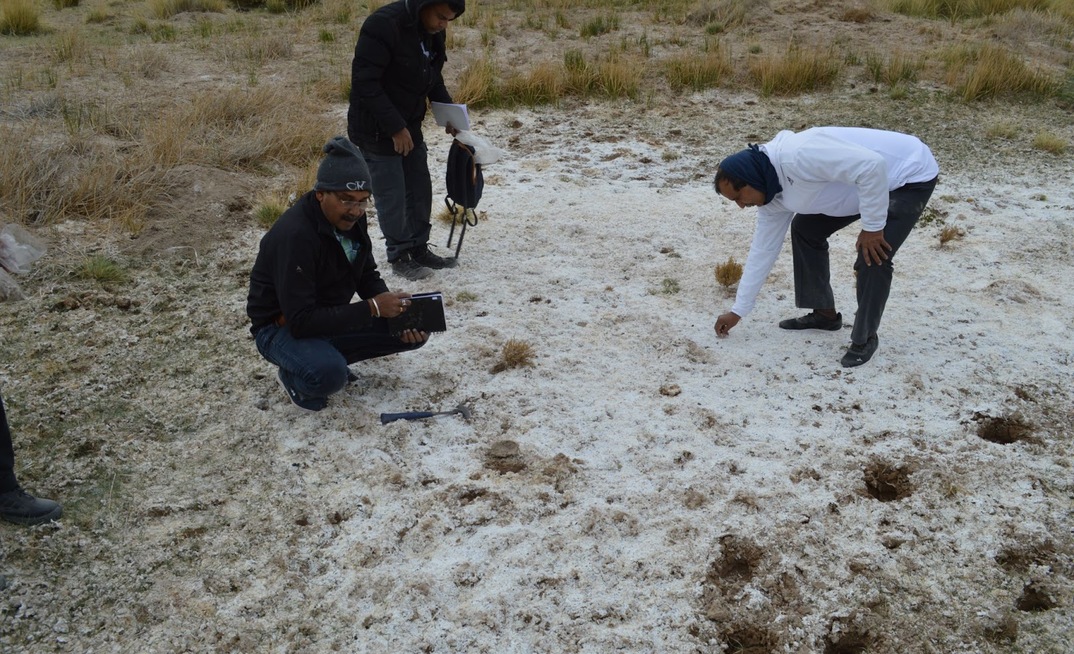India's Ministry of Mines, through its subsidiary Khanij Bidesh India Limited (KABIL), signed an agreement with Argentina's state-owned mining company CAMYEN on Monday, acquiring exploration and exclusivity rights for five lithium blocks in the Catamarca province.
The blocks cover approximately 15,703ha. KABIL plans to invest around Rs 2 billion (US$24 million) for exploration and development over five years.
India's move in Argentina reflects an ongoing trend by the country of pivoting towards a more independent critical minerals supply chain.
In June 2020, Indian Prime Minister Narendra Modi met with Australia's Scott Morrison, signing a memorandum of understanding (MoU) to explore opportunities in critical minerals. The agreement pushed towards more robust mineral security and enhanced knowledge exchange between the two countries.
The first India-Australia critical and strategic minerals joint working group met in November 2020 to deliver on the MoU terms.
In December 2023, India's mines secretary, V L Kantha Rao, confirmed in a press conference that the country was also in preliminary discussions with Bolivia to acquire lithium assets.
"India's agreement with Australia, which has at least half of the world's lithium, its coal minister attending a lot more international conferences and the introduction of the critical minerals lexicon in bilateral talks - which has probably never been mentioned in the last 50 years - all, I think, point to a particular direction," Pratik Dattani, managing director of the Economic Policy Group and founder of think tank Bridge India, said to Mining Magazine.
The scramble for lithium
At COP26, India pledged that it would source 50% of its electricity from non-fossil fuel sources by 2030. As of 2023, India had an installed capacity of 43.8%, according to the country's minister for new and renewable energy.
A crucial component of bridging the remaining gap is changing energy consumption patterns across various sectors, including transport.
In recent years, the Indian government has increased its focus on electric vehicles with initiatives such as the Faster Adoption and Manufacturing of (Hybrid &) Electric Vehicles in India (FAME) Scheme.
In March 2022, India announced that it had approved incentives for four countries to boost battery production as part of its US$2.4 billion production-linked incentive (PLI) scheme.
Shortly before this news, one of the companies, Reliance New Energy Solar, acquired the Scandinavian battery company Lithium Werks.
However, pivoting towards battery technology depends heavily on the availability of minerals such as cobalt, nickel, and most crucially - lithium.
As it stands, India imports all of its lithium. According to a Press Information Bureau (PIB) report in 2022, 68.17% of this lithium-ion came from China, with Hong Kong taking second place at 25.48%.
"Under the COP agreement, India is committed to 50% of its electricity use from renewable energy by 2030. A big part of that will be using electric vehicles, and lithium would be at the start of the supply chain," Dattani said.
"The hope would be that the various lithium deals being brokered across the world can be used for domestic consumption and storage infrastructure. The geopolitical reason for this is diversifying away from China."
Gaps in knowledge
While India's lithium acquisition strategy is ambitious, it could be undermined by its limited expertise in extracting and refining the mineral.
"The problem is that six to seven years ago, there weren't any PhDs at Indian universities that taught you how to make lithium batteries," Dattani notes.
"Now, there are lots of PhDs but there are two challenges. First, it's still very much theoretical and academic. Second, it's just the first one or two batches coming out. So the human capital is nowhere near enough. That supply side of talent will take a good decade to build up."
However, creating partnerships with more experienced countries may provide a solution to this challenge for India.
"I think that's why the first critical minerals partnership was with Australia. It's a friendly country, so knowledge exchange such as sending engineers over to Australia [could help]."
While securing raw materials is the first step, India's battery future hinges on bridging the knowledge gap and forging strategic partnerships to realise its lofty lithium ambitions.
























